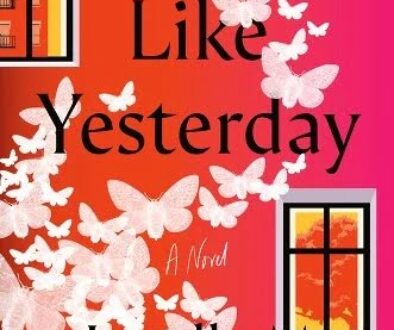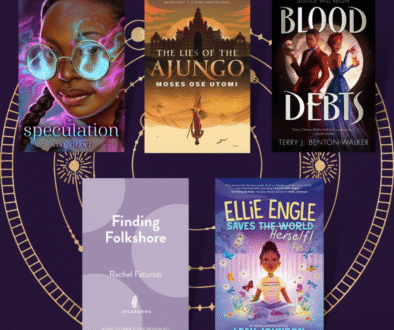The Plot Thickens: And They Lived Happily Ever After
Sometimes authors can take a motif and explore its numerous meanings in a way that is both unassuming and delightful. In Therese Beharrie’s And They Lived Happily Ever After, the author achieves this feat by traversing the realm of dreams—real and imaginary.
The protagonist of the novel, Gaia Anders, is a romance author who inexplicably finds herself completing the stories that she writes each time she enters a dream. Over the course of her successful career, she has accepted this magical ability without questioning its origin any further than perhaps having inherited it by her long-dead parents who she can barely remember. So the shock and tumultuous emotions she feels after she finds herself actively interacting with her best friend’s younger brother and most recent kiss partner in her vivid, magically-enhanced dream writing stirs up her anxiety disorder in ways that has her questioning everything—from how he, Jacob, gained entry into her dreams to if she can trust him with the knowledge of her abilities when she’s kept them secret for so long. To even the load of emotional baggage, Jacob has a lot of inner turmoil that he too is afraid of unveiling to anyone. An acknowledged workaholic, he has spent his first eight years outside of college sinking his consciousness into returning glory to the floundering family business that his father and brother abandoned in honor of his late mother. His conflicting feelings about maintaining this success, being unfulfilled by this work, and general detachment and smoldering resentment towards his remaining family all consume his thoughts, which have been awakened after his consensual fondling of Gaia at his brother’s party.
Each shared dream visit leads the couple to consider what they could possibly mean to each other and test whether they can ever feel safe letting their fears be known. An extra wrench is thrown in the situation when Jacob’s brother reacts adversely to their possible dating and a mysterious figure enters Gaia’s life. In sum, all of the conflicts—interpersonal and personal—make for a compelling novel that shows the many considerations that come into play when two adults consider making a life together. I found this and so many more aspects of this romance refreshing as I had not read from this author or a book set in the Cape Town region before. The characters’ interaction with the setting as people who grew up there knowing its quirks and inconveniences only exacerbated the level of charm I’ve associated with the area and increased my aspirations to travel there sometime in the future. That charm is also reflected in both of the main characters who felt familiar to me. Gaia’s bookish and socially avoidant nature whose general curiosity either lures people in or sends them running away mirrors some of my own interactions. Jacob’s appreciation of these aspects of her personality while also gamefully teasing and joining in on her fun helped me to see all the ways they would work well as a couple even before getting halfway through the book.
I think this is a story that would be best appreciated by romance readers who don’t mind the feeling of instant love stories—though because both characters have a mostly off-page history of knowing each other this is not truly the trope being employed here. Those who enjoy the idea of role play as book characters may also want to give this book a try.



